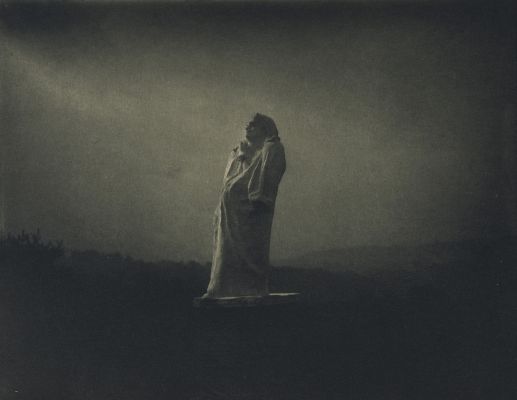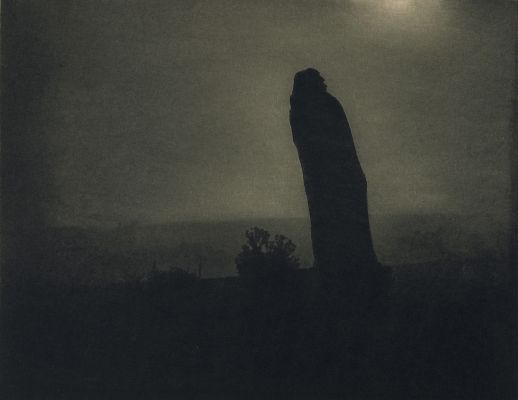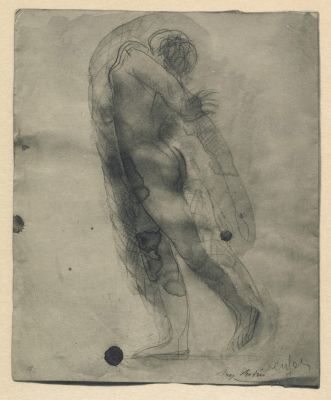
Title
M. Auguste RodinArtist
Steichen, Edward (American, 1879-1973)Publication
Camera Work XXXIV/XXXVDate
1911Process
PhotogravureAtelier
Manhattan Photogravure Company, NYImage Size
24.1 x 16.8 cm
Steichen’s relationship with Rodin represented an important link between European and American artistic circles during the first decade of the twentieth century. A member of the Photo-Secession, Steichen encouraged Stieglitz to open a gallery in New York to promote the club’s work. The Little Galleries of the Photo-Secession (later known as “291” from its address at 291 Fifth Avenue) opened in 1905. Soon, the gallery’s scope extended beyond photography to include other currents in modern art, such as the exhibition of Rodin’s watercolors and drawings that Steichen organized in 1908.
It was through Steichen’s contacts in the Parisian art world that Rodin, Matisse, Picasso, John Marin and many others were later featured in Camera Work’s pages as well as on the walls of 291. Steichen also introduced Stieglitz to the work of Cézanne, Van Gogh, Toulouse-Lautrec and Brancusi. It is ironic that the introduction of contemporary European art to an American audience was financed and organized through the efforts, enthusiasm and energy of two photographers.
In this pensive portrait, Steichen positioned Auguste Rodin in a contemplative pose reminiscent of the sculptor’s most recognized work, The Thinker.
Reproduced / Exhibited
Smith, Joel, and Edward Steichen. Edward Steichen: The Early Years. Princeton, NJ. [etc.: Princeton University Press, 1999 p. 34
Roberts, Pam. Photohistorica: Landmarks in Photography : Rare Images from the Collection of the Royal Photographic Society. New York: Artisan, 2000. p. 30











